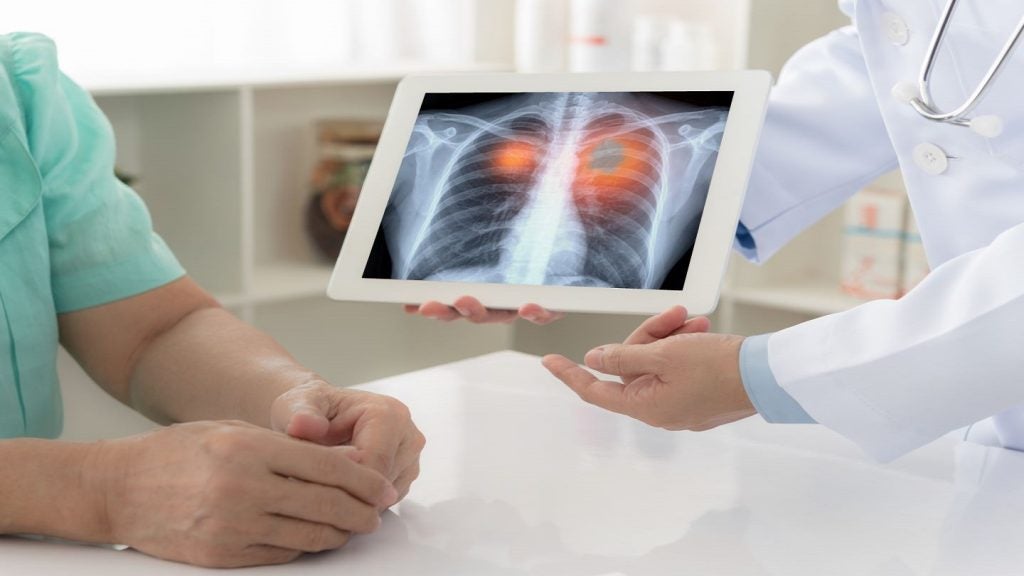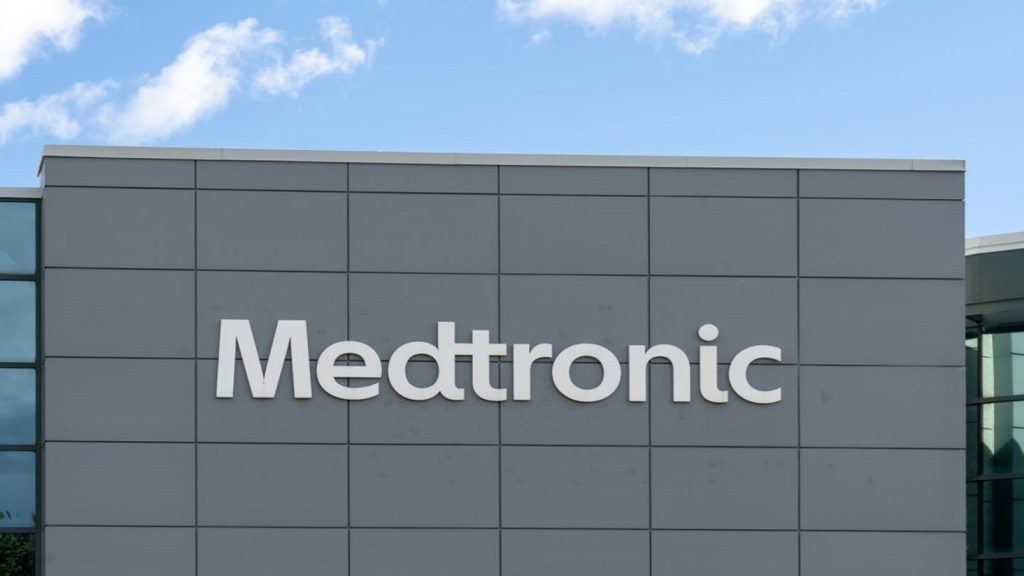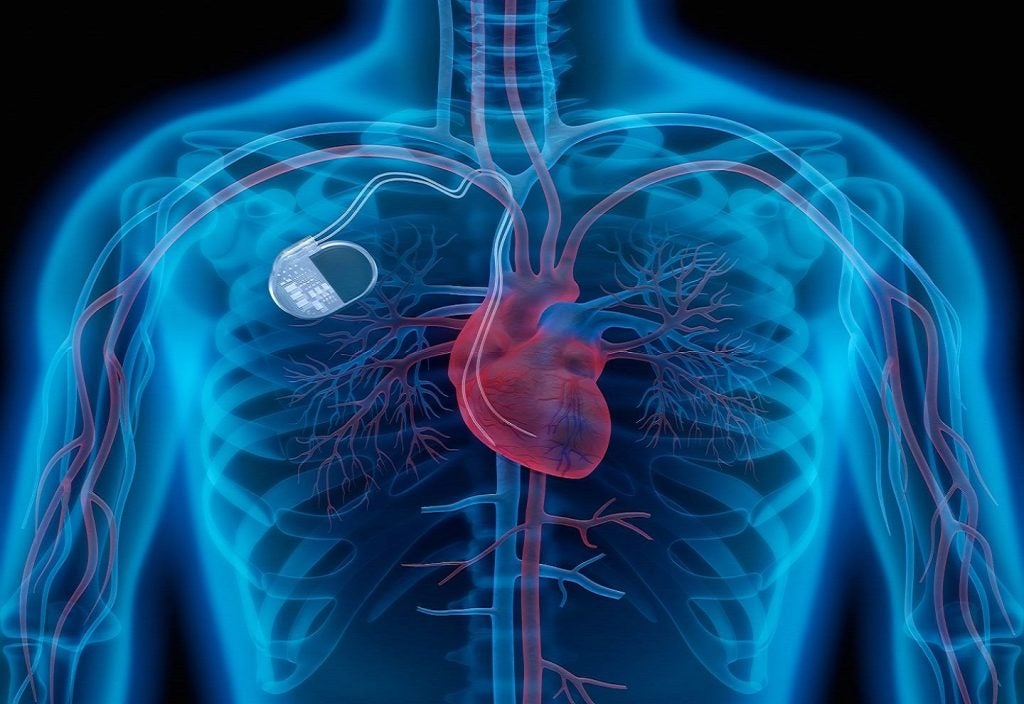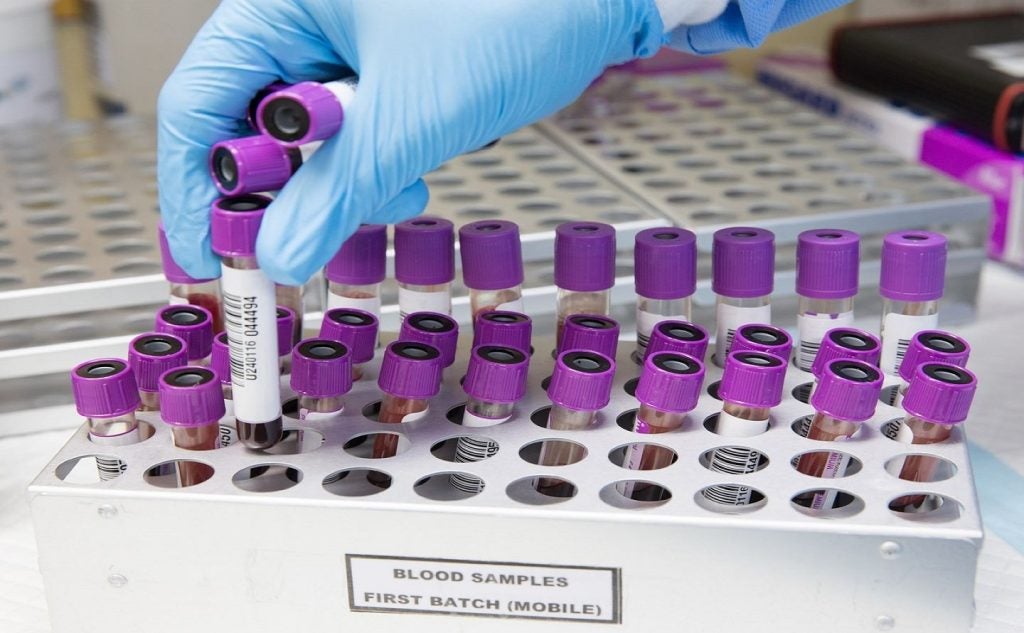US-based Telesair has secured the CE Mark for its Bonhawa High Flow Oxygen Therapy system to treat patients with respiratory insufficiency. The system has received approval under the new European Medical Device Regulation.
Featuring an extended flow range of up to 80 L/pm, the light and compact therapeutic device comes with an easy-to-use touchscreen and a simple disinfection process.
With the ability to lower the workload of carers, the device helps in visualising patient settings and data from outside the room.
Telesair CEO Bryan Liu said: “Having our Bonhawa system approved for Europe is a major step in the evolution of Telesair as a company and opens the many markets which accept the CE Mark.
“We were able to accomplish this goal in record time – less than 10 months – thanks to our combination of a great team of experienced professionals, genuinely innovative respiratory technology products, attention to detail, high-level process control and exceptional value.
“We are already working on positioning our next-generation home-based platform, which we also intend to get approved swiftly.”
Telesair has expanded its market reach with the CE mark and the introduction of its lightweight oxygen therapy system to Europe, complementing its existing market presence in Latin America and Southeast Asia.
The company is focused on the development of compact and mobile respiratory care solutions for hospitals, long-term care and skilled nursing facilities, rural health providers and homecare settings.
















